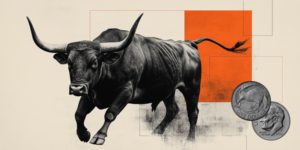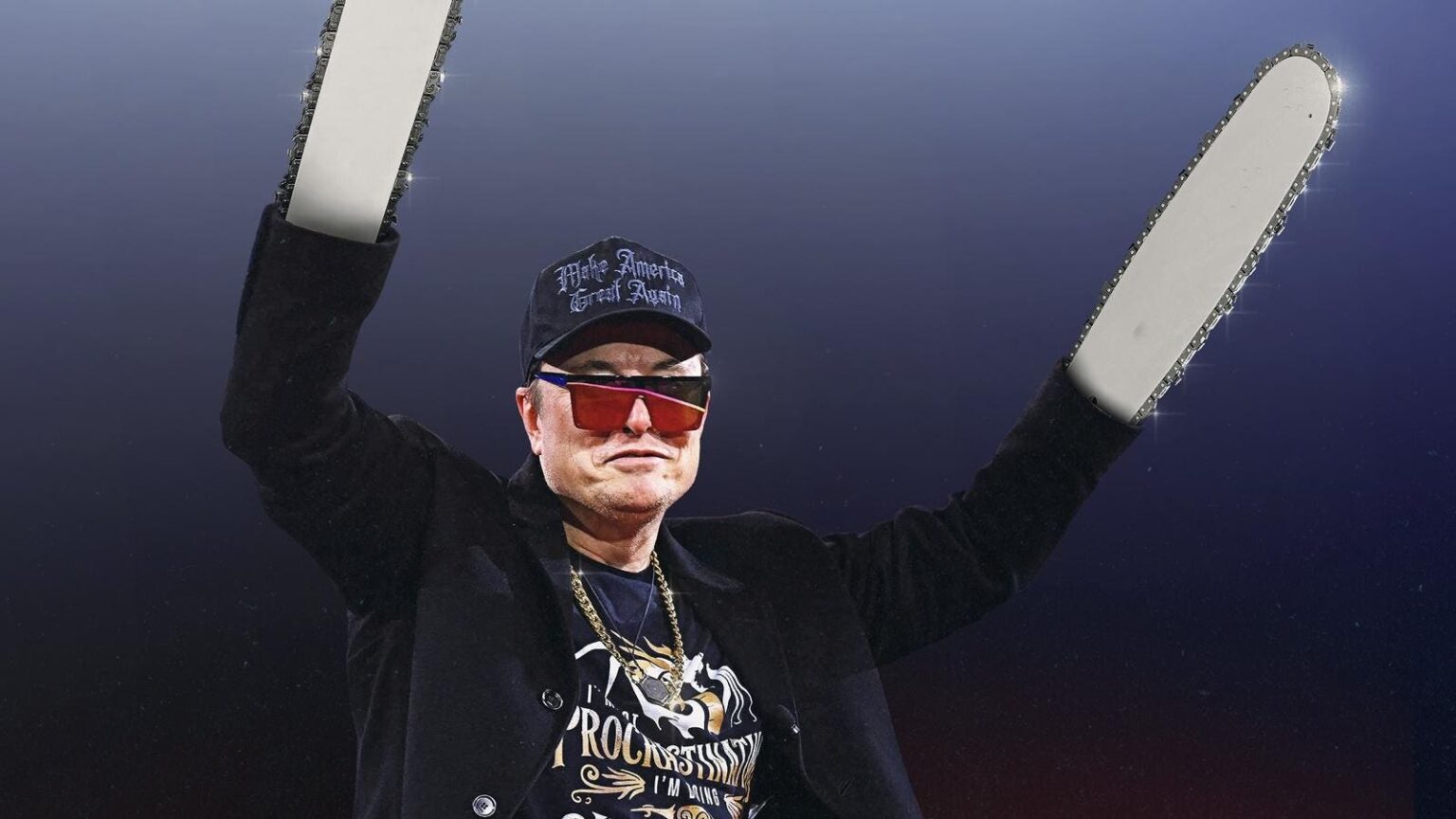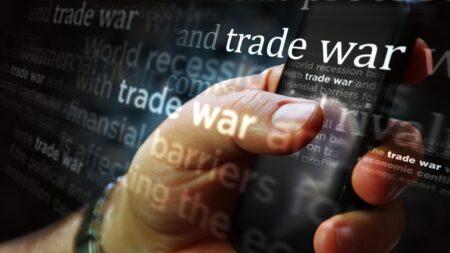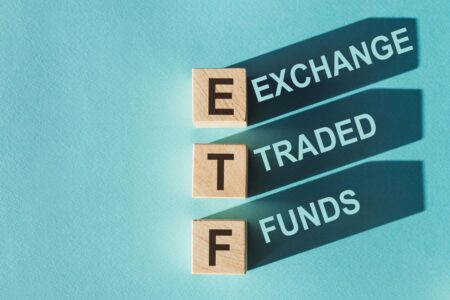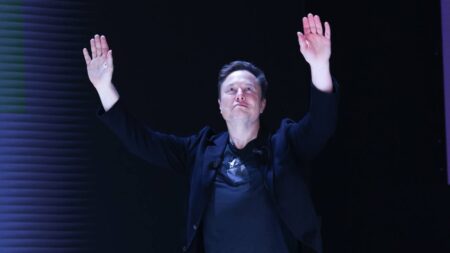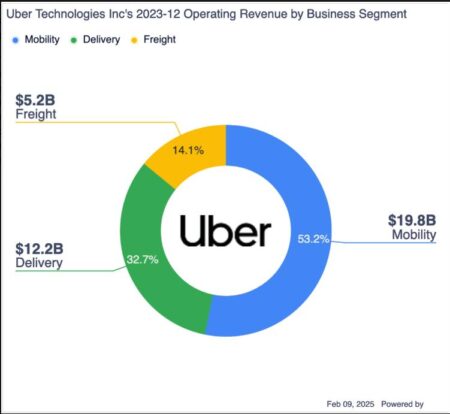Elon Musk’s chainsaw wielding antics at CPAC may have riled up the bureaucracy-hating audience, but flashbacks to 1990s era Chainsaw Al Dunlap’s track record should make markets shudder.
By Matt Schifrin, Forbes Staff
The nation’s universal anger toward government bloat and waste has been one of the driving forces behind President Trump’s MAGA revolution. Recently his champion cost cutter, mega-billionaire Elon Musk, took the stage in Washington DC in front of an adoring group of conservatives hoisting a large red chainsaw over his head, a gift from Argentina’s right-wing president Javier Milei.
But if corporate history is any guide, chainsaw wielding executives have an abysmal history when it comes to effective cost-cutting. In 1996 the Wall Street investors behind consumer products company Sunbeam, once famous for home appliances like gas grills, recruited one of the corporate America’s most revered and ruthless cost cutters, Albert Dunlop, otherwise known as Chainsaw Al, to turnaround their beleaguered company.
While the stock market celebrated Dunlap’s arrival in 1996, Forbes was skeptical, questioning whether chainsaw style hacking could work at Sunbeam. A follow-up article from May 1998 (see second article, below) was the first to uncover that Dunlap had been cooking the books to prop up sales. Sunbeam ultimately filed for bankruptcy and the SEC sued Dunlap and other top executives for engineering a massive accounting fraud.
What follows is instructive reading from the Forbes Vault for a new chainsaw age.
Forbes • August 26, 1996
Chain Saw Al To The Rescue?
By Matthew Schifrin, Forbes Staff
Michael Price and Michael Steinhardt have a huge paper profit in Sunbeam Corp.— but haven’t been able to cash out.
CAN ALBERT (CHAIN SAW AL) DUNLAP, ruthless cost-cutter and tireless self-promoter, do it again? In July he checked in as chief executive at Sunbeam Corp., the Fort Lauderdale, Fla. headquartered manufacturer of kitchen appliances, gas grills and electric blankets.
The impact of his arrival was immediate: Sunbeam’s share price shot up from 121/2 to 185/8 in a day, adding some $500 million to market value. Dunlap likes to say: “If a company can’t be turned around in 12 months, it can’t be turned around.” Apparently a lot of investors figured Dunlap could turn around troubled Sunbeam in 12 months.
Dunlap, 59, had been penning a book at his Boca Raton mansion since his retirement last December from Scott Paper, where he cut costs to the bone and sold the company to Kimberly Clark for $6.5 billion more than it was worth when he arrived. For 603 days work be made $100 million.
Dunlap was called in by star managers Michael Price and Michael Steinhardt, whose combined funds own 42% of Sunbeam and have made a killing from it. We exaggerate not. In 1990 they bought the whole company for $125 million when it was in bankruptcy. Their investment climbed to $1.5 billion, and they have since sold off shares in public stock offerings. The two funds still split 42% of the stock, with a current market value of $650 million.
There’s only one problem. How do you finally cash out of a situation like this when you own nearly half the stock? Not easy to do. Especially since Sunbeam began to falter in 1994 and its stock slid from $26 to $12 prior to Dunlap’s arrival.
The trouble began after Price and Steinhardt installed Roger Schipke as chief executive of the $1.2 billion (revenues) company. However, Sunbeam’s margins collapsed. It lost market share in kitchen appliances, and cash flow evaporated. The sagging stock is one reason Michael Price’s flagship Mutual Shares fund lagged the s&P 500 last year.
Price and Steinhardt tried to bail out, hiring Merrill Lynch, which shopped their shares at $17 per share. No takers. Then they fired chief executive Schipke.
A call went out for Al Dunlap. He answered it eagerly. He gets $1 million in salary, options on 2.5 million Sunbeam shares with a strike price of $12.25 and a grant of 1 million restricted shares. Dunlap bought 245,000 shares at $12.25 on his own. So far he has made about $40 million on paper.
In his first meeting with analysts Dunlap announced he had already begun firing executives. H e also plugged his upcoming book, Mean Business, How I Save Bad Companies and Make GoodCompanies Great.
Dunlap can talk. Can he deliver? That remains to be seen. Unlike Scott Paper, where Dunlap made his big moves when paper prices were on their way up. Sunbeam is in an over- crowded business with low profit margins. Even the most innovative toasters and blenders quickly become commodities.
Big retailers like Wal-Mart and Kmart are suffering, and are squeezing suppliers like Sunbeam. Kmart recently announced it would eliminate second-tier appliance brands in favor of foreign-made private-label offerings. Sunbeam’s market share slide has brought it perilously close to being second-tier in categories like food processors and mixers.
“Cutting costs won’t buy him one more inch of shelf space at Wal- Mart,” says a former Sunbeam senior manager.
According to Dunlap’s book, a key to improving operating results is to practice brinkmanship with suppliers. When he ran paper plate and cup maker Lily-Tulip, Dunlap boasts, he got price concessions from its main paper supplier by threatening to switch to another supplier.
At Sunbeam he may be able to centralize purchasing and get lower prices on things like aluminum and cardboard. But will he be forced to pass the savings on to the big retailers? When resin prices fell recently, Wal-Mart squeezed the savings out of Rubbermaid. Moreover, Wal-Mart has reportedly told many vendors to absorb retail markdowns. So when a Sunbeam breadmaker or rollerball massager is marked down by 30%, Sunbeam will take the hit.
Scott was a bloated company, loaded with overhead and debt. Dunlap cut 11,200 employees. Sunbeam has already been through bankruptcy and a slew of cost-cuttings. It has barely 60 headquarters employees. There is, surely, fat to be cut— Sunbeam has too many facilities and too much capacity—but nothing compared to what existed at Scott.
To justify its current 193/4 stock price, analysts, like Oppenheimer & Co.’s R. Scott Graham, say Dunlap needs to bring Sunbeam back to the 15.7% operating margins it had before it began its slide. That means improving operating income by at least $125 million, assuming flat sales. Cutting fat could probably pro- duce about $25 million, but after that Dunlap will be cutting into muscle.
But of course, Dunlap must know all this. He didn’t take the assign- ment to fail at it. What’s he got up his sleeve? One possibility; massive writedowns.
Likely targets: Sunbeam’s brand new $80 million Hattiesburg, Miss. manufacturing, warehouse,, distribution and design center, as well as some goodwill and a significant amount of inventory. Then next year, when he sells the inventory, Dunlap can reverse some of the charges into earnings. Thus, in 1997 Sunbeam is likely to report huge earnings improvements via accounting gains. It’s an old, tired tactic, but Wall Street keeps falling for it.
Another way for Dunlap to boost earnings is to make some acquisitions using Sunbeam’s now-inflated stock. A few choice new businesses may make Sunbeam itself a more attractive takeover candidate.
To do such acquisitions, it is vital that Sunbeam’s stock remain high. To make sure this happens, there is likely to be a continuing stream of promotional announcements and optimistic comments. Dunlap’s eight-city, multimedia book tour starting in September provides an ideal forum for such stock-touting. “This will be my ninth turnaround.., and my first bestseller,” Dunlap boasts, rather prematurely.
Michael Price and Michael Stein- hardt devoutly hope the turnaround will happen. Last year Steinhardt and Price dissolved their partnership agreement in Sunbeam and adopted a shareholder agreement that makes it easier for each of them to sell his shares independently.
Steinhardt is retiring from the money management business, and Sunbeam is one of his partnership’s last remaining big investments. Price, his excellent record as a mutual fund manager tarnished by last year’s weak showing, is in a fair hurry to cash out, as well.
To the two Michaels it doesn’t much matter whether Chain Saw Al makes a genuine turnaround or merely an apparent one. Just cash them out.
Forbes • May 4, 1998
The Unkindest Cuts
By Matthew Schifrin, Forbes Staff
Despite Al Dunlap’s radical surgery, Sunbeam Corp. has been a recent disaster. It is likely to get worse.
SEVEN MONTHS AGO “Chainsaw Al” Dunlap declared victory in turning around Delray Beach, Fla.-based Sunbeam Corp. (1997 revenues, $1.16 billion). But since the middle of March its stock has fallen nearly 50%, from $52 to a recent $28.
This turnaround hasn’t turned and isn’t likely to.
Dunlap was hired in July 1996 by two large Sunbeam investors, Michael Price of the Franklin Mutual Series Fund and money runner Michael Steinhardt. Sunbeam is a maker of blenders, electric blankets and gas grills. Dunlap had become a hero to Wall Street after he fired thousands of employees at Scott paper and sold the company to Kimberly Clark at a huge profit.
Dunlap sang his own praises in his bestseller. Mean Business, and when he moved into Sunbeam its stock doubled in six weeks, increasing his wealth by almost $60 million.
Over the follow ing months he fired off a barrage of press releases, canned half of Sunbeam’s 12,000 employees and cut back its product offerings, dropping such items as its furniture and bed linen businesses and concentrating on things like grills, humidifiers and kitchen appli- ances. In 1996 he took massive write-offs amounting to $338 million, including nearly $100 million of Sunbeam inventory.
Wall Street sat back and waited for a miracle. In 1997 Dunlap announced one. Sunbeam reported record results, with sales up 2.2% and earnings per share of $1.41—up from a $2.37 loss in 1996.
As is their wont in these heady days, the analysts didn’t look beyond the reported figures. If they had, they might have seen that Sunbeam was coming apart.
As its stock rose to over $50 per share, the company had a market capitalization of $4.6 billion, or four times revenues. That kind of multiple is usually reserved for great companies like Gillette.
In October 1997, after barely a year at the helm, Dunlap issued a press release declaring that the turnaround was complete and that he had hired Morgan Stanley to find a buyer for Sunbeam.
None showed up, but Dunlap wasn’t idle. If he couldn’t sell, he would buy. He announced in March that he would buy three consumer products companies instead. From Ronald Perelman he arranged to buy moneylosing Coleman for $2.2 billion, or two times sales. From leveraged buyout dealster Thomas Lee he would buy Signature Brands and First Alert for $425 million. Note that neither seller was much interested in taking Sunbeam stock. Lee took cash and Perelman took less than half the price in Sunbeam stock. The acquisitions would make Sunbeam a $2.6 billion company.
The deal with Perelman was financed in part by $2 billion (face amount) of 5% zero coupon convertible debentures, raising $750 million, convertible into Sunbeam stock at a price of $57 per share.
The buyers apparently hadn’t done their homework. Sunbeam’s 1997 10K, issued two weeks before die sale of the debentures, shows that in December 1997 Sunbeam sold $60 million in accounts receivable to raise cash. The document also reveals that the company instituted an “early buy” program for gas grills in the fourth quarter. That gave retailers the opportunity to buy grills in November and December of 1997 but not pay until as late as June 1998.
With its retailers’ aisles filled early with grills, Sunbeam came up with another program to boost 1997 sales. The company started a “bill and hold” program that allowed Sunbeam customers to use its warehouses to store goods that they had bought, but not necessarily paid for.
Between them, these two programs accounted for a major part of Sunbeam’s apparent revenue gains in 1997. They were nothing more than future sales booked now. This is the reason Sunbeam’s first quarter 1998 results were dismal, causing the stock recently to collapse. Sun- beam’s customers stopped reordering grills.
Look for more hocus pocus from Dunlap. Sunbeam’s recent high- priced acquisitions give Dunlap an opportunity to cut and slash, creating a diversion from deteriorating operating results. Look for announcements of big cost savings and maybe some propitious writedowns.
When Dunlap took over Sunbeam in 1996, it was a poor performer but its balance sheet was relatively clean, with a mere $200 million in debt. The new Sunbeam has over $2 billion in debt and a negative cash flow after zeroing out Dunlap’s accounting tricks. The recent clearly overpriced acquisitions added $1.9 billion of goodwill to the company’s books and Sunbeam’s net worth has dropped from $500 million to a negative $600 million.
This time it’s not only the employees who got a taste of Al’s chain saw. The shareholders and debenture holders are likely to shed a lot more blood before this is over.
MORE FROM FORBES
Read the full article here


